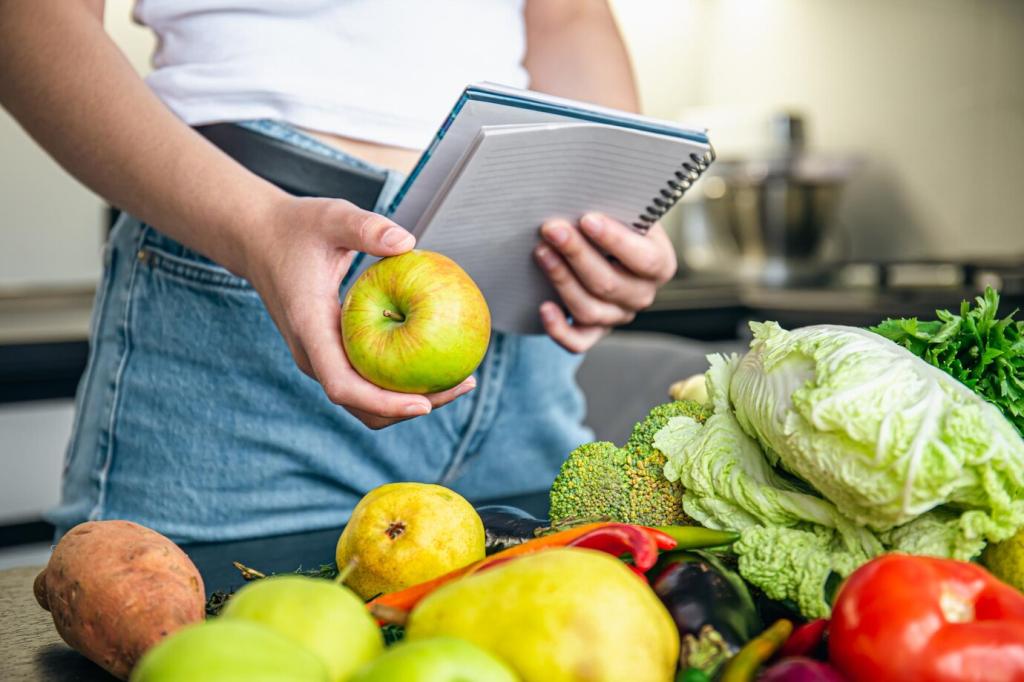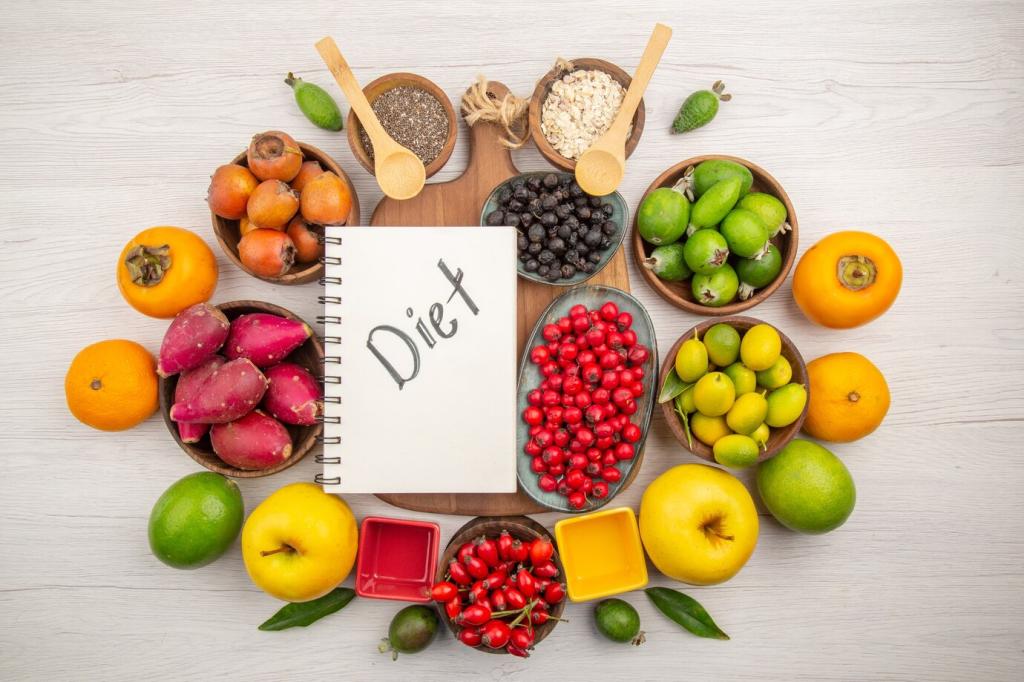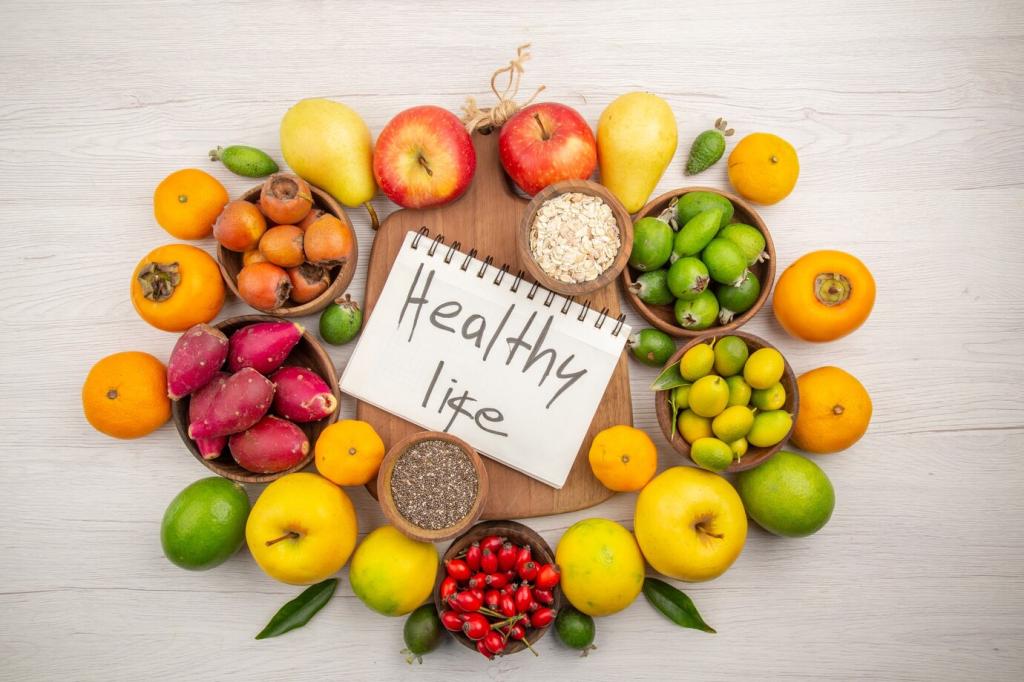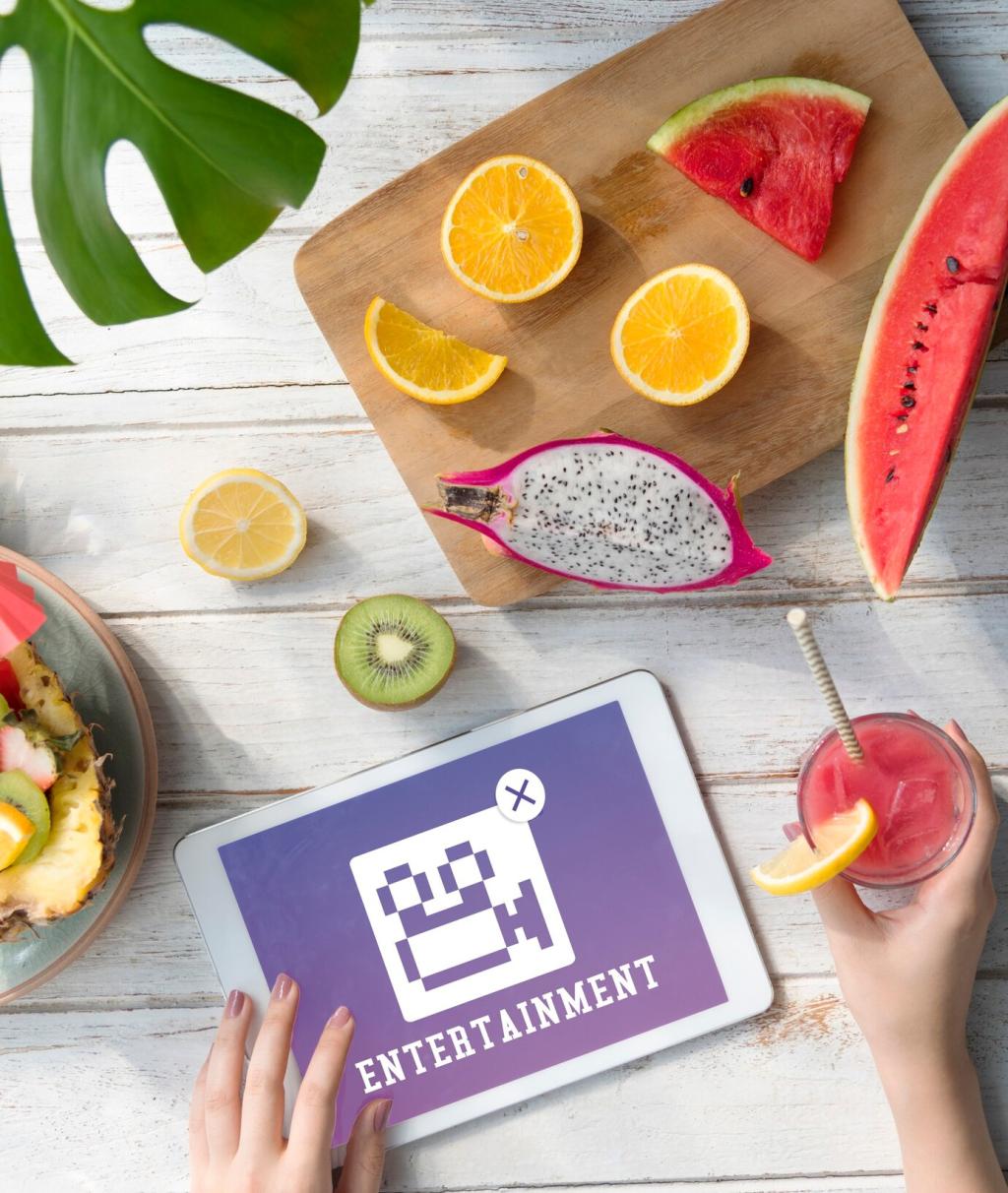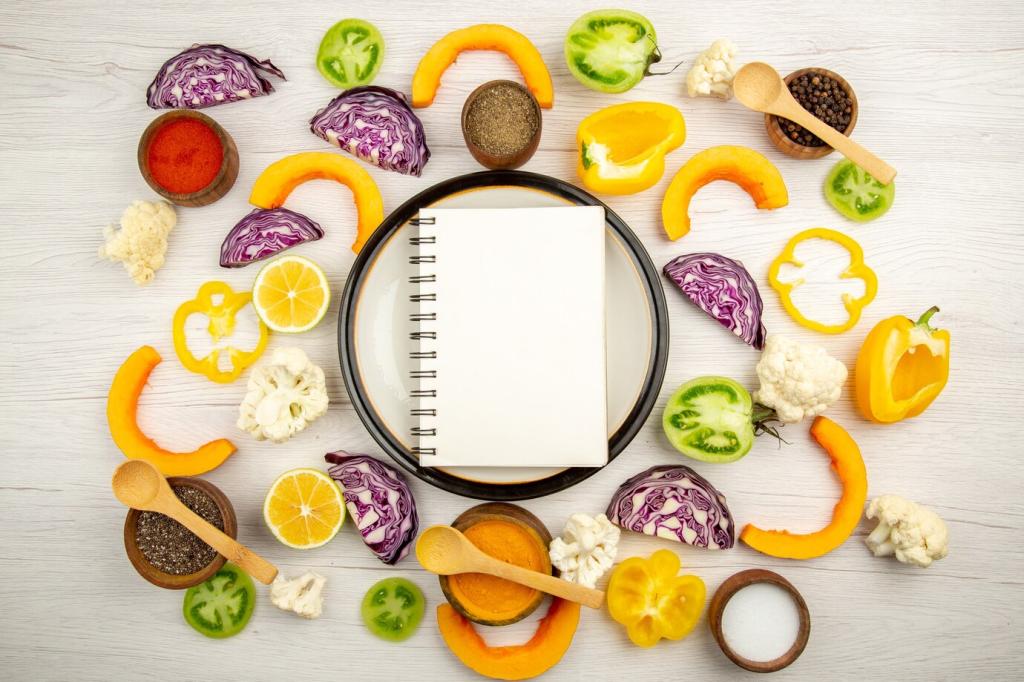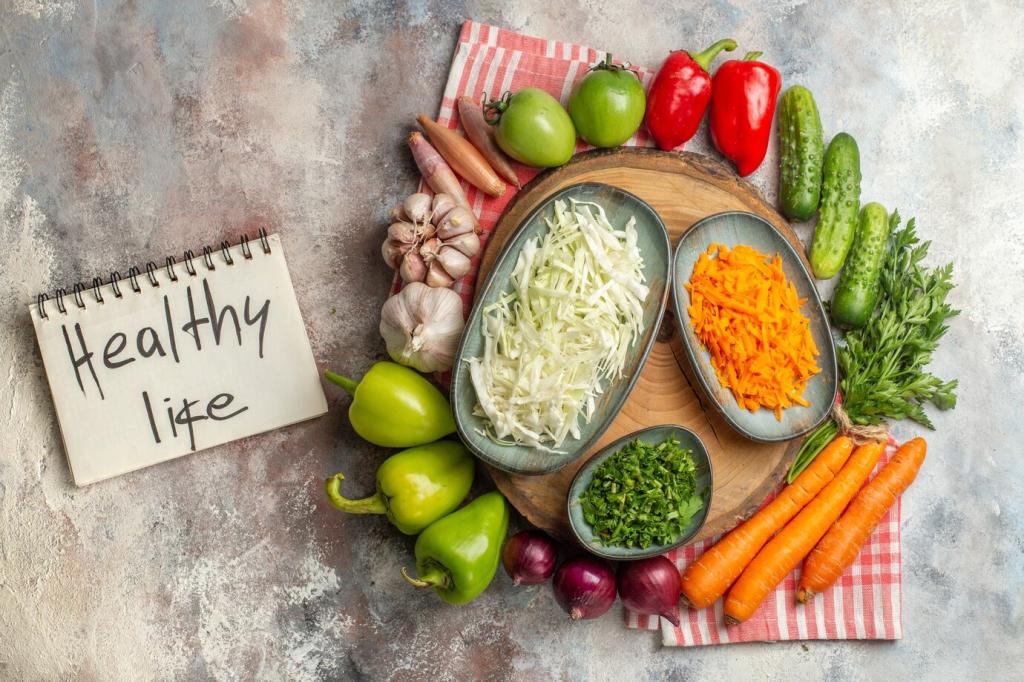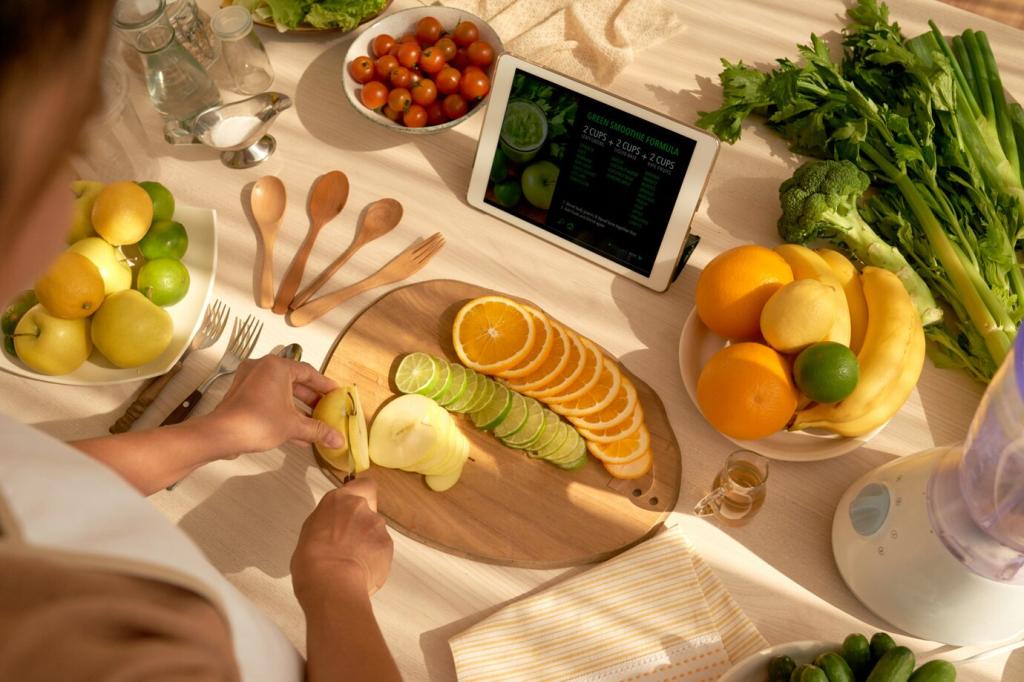Electrolytes and Carbohydrates: Smarter Fueling
Sodium helps maintain fluid balance and nerve function during long or hot sessions. Heavy sweaters may need more than typical sports drinks provide. Test different strengths in training, not on race day, and note performance, comfort, and recovery.
Electrolytes and Carbohydrates: Smarter Fueling
For efforts longer than about ninety minutes, aim for thirty to sixty grams of carbohydrate per hour, up to ninety with mixed sources. Drinks can carry part of this load while also delivering sodium, easing intake without overloading your stomach.


